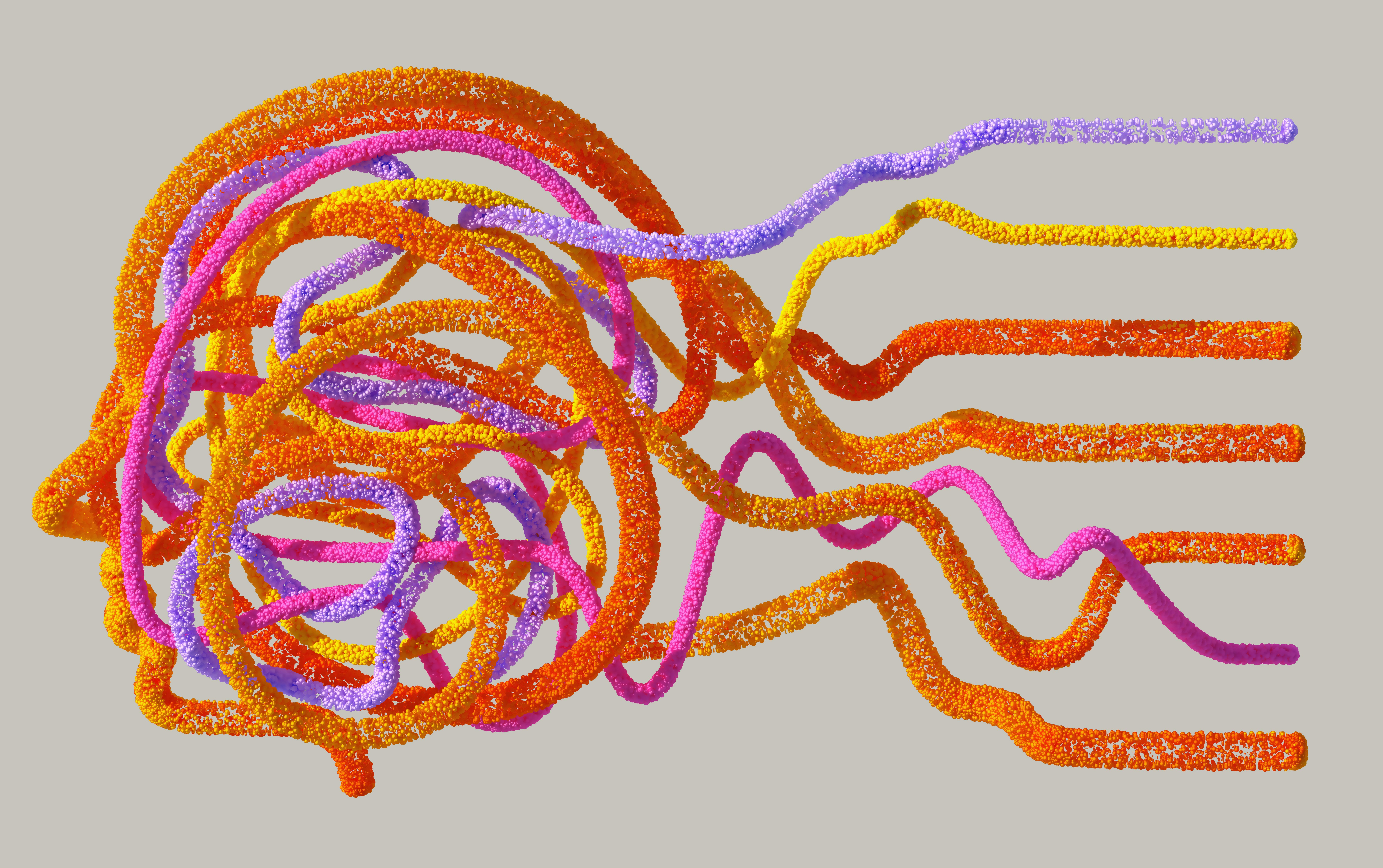JOB SUMMARY
For over three decades, our client, based in Silicon Valley, California and with global locations around the world has solved semiconductor design challenges by offering affordable and competitive TCAD (Technology Computer Aided Design) and EDA (Electronic Design Automation) softwares, proven design IP (intellectual property), and world class support to engineers and researchers across the globe.
Their solutions span from atoms to systems: starting with simulation of material behavior impacting semiconductor devices, to design of transistor circuits and IP blocks for systems-on-chip (SoC).
We are looking for anOptical Software Engineer.
What you will be doing
As a member of the TCAD group, you will design, implement, evaluate, and improve physical models and optical methods for the simulation of electro-optical semiconductor devices. The successful candidate will be an experienced software engineer with expertise in simulating optical devices such as lasers, LEDs, displays, or sensors.
Essential job functions and responsibilities
- Develop, support, test, and maintain existing optical simulation software
- Identify, implement, and test new optical solvers (such as DGTD) and physical models.
- Provide accurate and effective written documentation.
- Communicate complex ideas and testing results effectively, both orally and in writing.
Education level
Ph,D. in Physics, Engineering, Computational Science, or a related field
Hard skills
- Knowledge of quantum mechanics and light-matter interaction.
- Strong electro-optics fundamentals including solid-state physics, optical physics, and optical solution methods.
- Experience with laser, LED, display, or sensor simulation.
- Experience implementing optical methods such as raytracing, finite difference time domain (FDTD), beam propagation method (BPM), or mode solvers.
- Proficiency in Matlab, C ++, Python and software design
- Experience with parallel computing.
Soft skills
- Natural team player who works well in international and remote team.
- Strong written and verbal communication and interpersonal skills.
- Creative problem-solving skills.
- Good organization, time management, and task prioritization skills.
Location
Cambridge, UK (On site/Hybrid/Remote)
Locations in Grenoble, France or Vienna, Austria (On site/Hybrid/Remote) can also be considered
Why join the team?
If you are looking to give more essence to what you are doing, while developing advanced softwares for the A players of the semiconductor industry , you should be applying for this job. If you are looking to join an international team of highly trained and experienced engineers working on new numerical solvers and techniques; you've found the right place!
Please Note : Sponsorship not available for this position.
Please send your application to Bream & Laanaia, the high tech recruitment experts:


